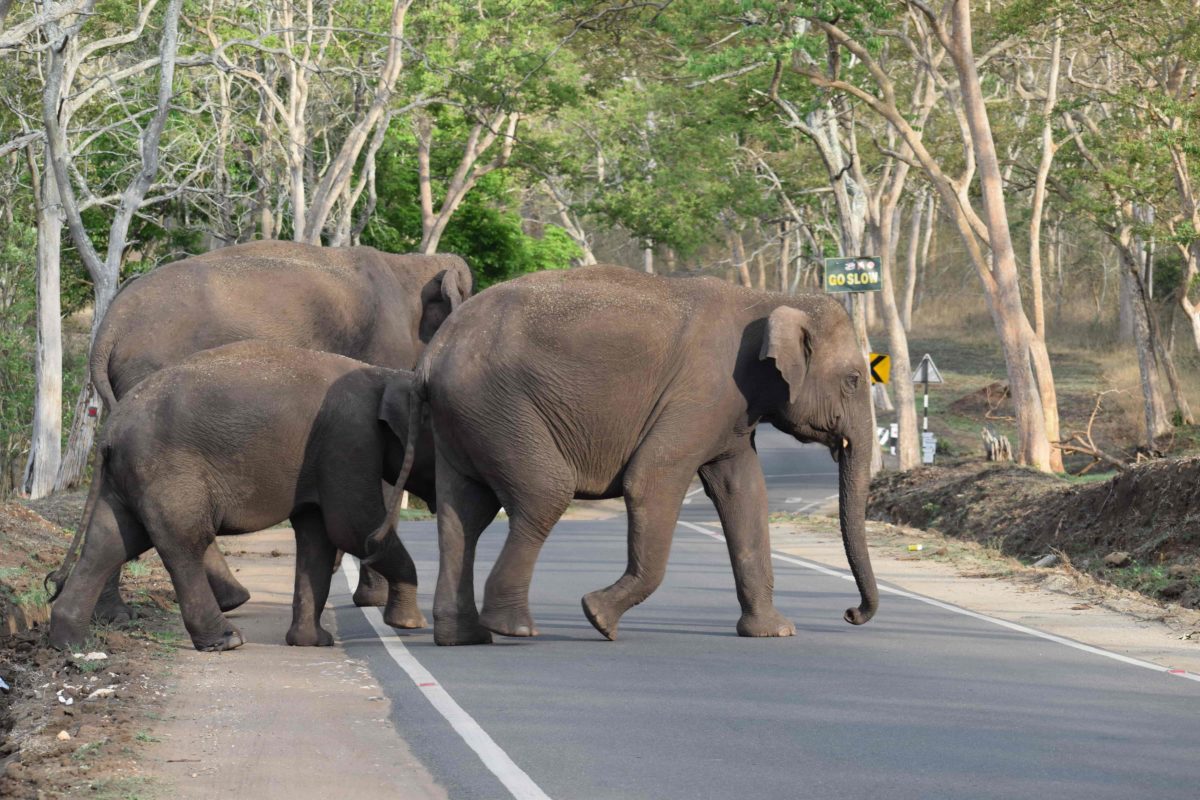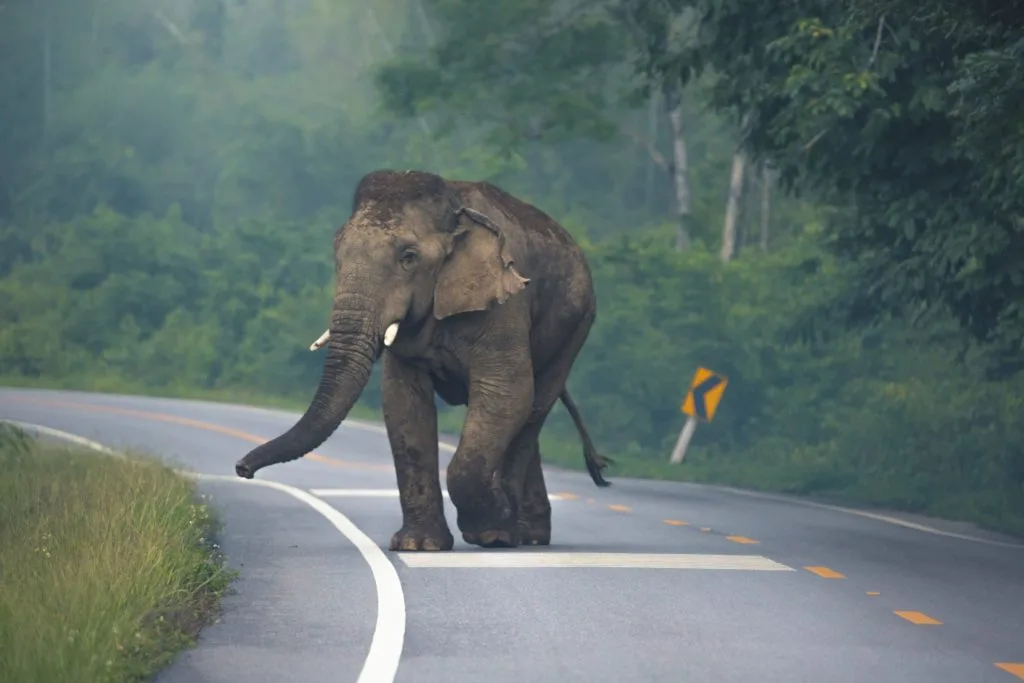The African Forest elephant is a species under concern these days. Scientists in 1989 estimated there were 170,000 elephants surviving in the wild from roughly 700,000 a few decades previously. Today the number may be substantially smaller. With new roads being created in central Africa, poachers gain easier access to the expensive ivory they seek. Many poaching camps that slaughter elephants have been identified, causing biologists to fear a major drop in the elephant population.
The Wildlife Conservation Society has now turned to technology to aid in preventing poachers from slaughtering innocent elephants for their ivory. The high tech system entails using S.M.A.R.T. which stands for Spatial Monitoring And Reporting Tool. It is a software tool that helps inform local rangers about prospective ivory poachers.
The poaching seems to occur largely in the African countries of the Republic of Congo, Gabon, and Cameroon.
Additionally, a recent study also indicated that poaching is less probable farther away from highways (no poached elephants were detected 28 miles from the nearest road). Poaching is fueled by an illegal trafficking of Ivory to countries like China. These new roads need better management to safeguard the endangered forest elephants which is what the report argues for.
Despite efforts and awareness campaigns, elephant poaching remains an issue throughout the African continent. Back in September of 1996, an elephant researcher by the name of Michael Fay (who worked with the WCS) flew his plane over the huge forests surrounding Noubale-Ndoke National Park in the Congo where he saw a bunch of elephant carcasses. That was the trigger he needed to study the situation in more depth when he went to the same cluster of carcasses the next afternoon with a chopper and a tv team to film the carnage.

Even though it is illegal to kill an elephant in Africa, people continue to butcher the giant beasts for their lucrative ivory. The more new highways are developed in Africa it seems, the more woodland elephants are being slain and discovered later as carcassas.
However horrific it may sound to hear about the slaughtering of elephants…the news continues trickling in that they are being slaughtered in droves.
The IUCN places the African Forest Elephant at Vulnerable Status because to the increasing problem with poachers and habitat destruction. The diet of forest elephants consists of mineral salts which tends to attract them to open forest clearings near river beds and streams. To the great misfortune, ivory poachers are also hunting for open clean regions where they can massacre large groups of elephants. You may also read this: Bats Are Good for the Environment
Forest elephants have a traveling range that can be as much as 700 miles or more with many of the surviving wild found in Gabon, Republic of Congo, and Cameroon.
When the people of African nations are experiencing terrible poverty as they are, temptation to gain money through the illegal ivory trade can pay people as much as $1000 per pound, according to the New York Times. Poverty and Greed are the underlying root problems of the Forest Elephants. And just like the blood diamond difficulties plaguing other African countries with diamond riches, it looks that ivory is yet another ‘conflict resource’ that the world should pay attention to.
What Can We Do To Help?
The Wildlife Conservation Society is doing a tremendously fantastic job in supporting the woodland elephant problem in Africa. You can donate to their elephant cause online. And all is not lost as governments in Africa (Central Africa Republic and Gabon) at least understand the problem enough to make some agreements and help address the most critical challenges to save their elephant populations.








